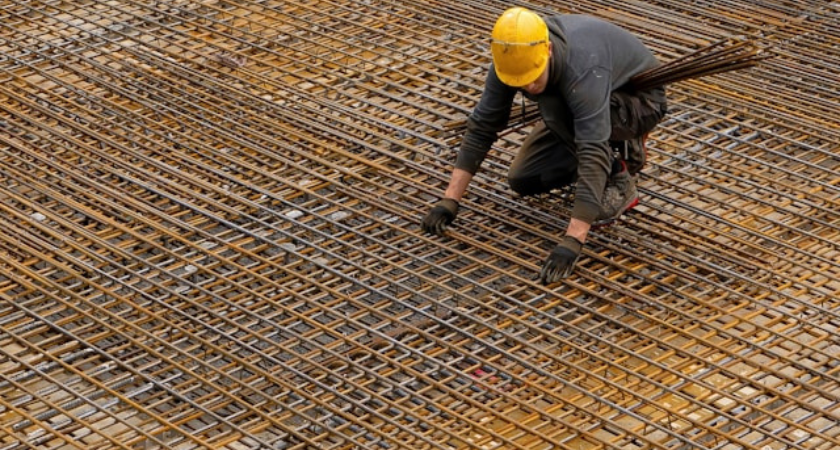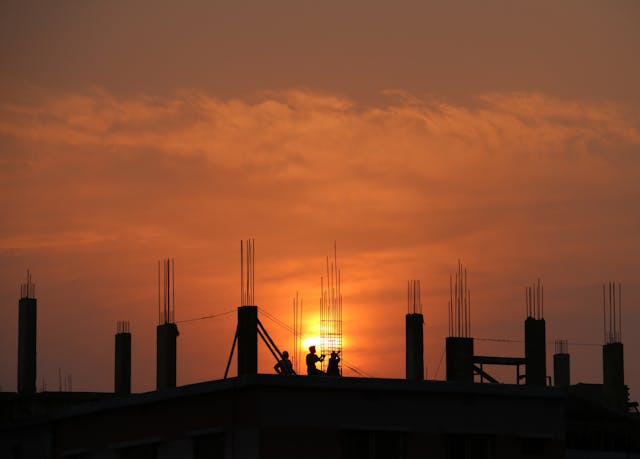
The Texas A&M University System Board of Regents wrapped up its final meeting of the year on Thursday with a series of high-impact approvals, ranging from academic policy updates to major construction projects that will reshape facilities across the system. The meeting, held on the Texas A&M campus, highlighted growing debates around academic oversight while also advancing large-scale capital investments at RELLIS and Blue Bell Park.
.jpg)
One of the most significant actions was the approval of a new AI-powered course audit system, designed to review undergraduate syllabi, content and materials to ensure they match course descriptions and degree requirements. The update, paired with a revision to an existing academic policy, drew both support and vocal opposition from faculty.
“Essentially, what the committee approved is a review process that the system is going to initiate to look at all the undergraduate courses across the entire system,” said Texas A&M University System Chancellor Glenn Hegar. “The bottom line is we want to make sure we have academic freedom, but also academic responsibility.”
The AI auditing process was piloted at Tarleton State University, where the system evaluated the repeatability, consistency and alignment of courses. Following Thursday’s approval, every course at every university within the A&M System will be audited each semester — a scale that underscores both the system’s commitment to oversight and its reliance on technology to manage the workload.
“It’s a major undertaking, but it’s trying to make sure that it’s very repeatable [so] everybody knows information of what the course they’re going to teach, and what the subject matter that they’re going to get in that course,” Chancellor Hegar added.
Several faculty members took issue with the move, arguing that mandated audits — especially those assisted by AI — risk undermining the university’s longstanding academic autonomy.
Among the first to speak during public comment was Dr. Nancy Plankey-Videla, Associate Professor of Sociology, who urged the board to reconsider.
“I teach my students theories that helps explain the world,” Dr. Plankey-Videla said. “I teach them how to think, not what to think. And sometimes I ask, why is the world organized in ways that people go hungry, that struggles and social movements for democracy, like our own movements, why do revolutions like the American Revolution happen? If that makes someone uncomfortable, I can’t teach it.”
She added that she has heard from both colleagues and students who worry they may not remain at Texas A&M if the new policies take effect.
Beyond academic policy, the Board approved several major construction initiatives aimed at strengthening research capabilities and improving student-athlete facilities.
The most prominent investment is the new Meat Sciences and Technology Center on the Texas A&M-RELLIS campus — an approximately 85,000-square-foot facility with a price tag of just over $114 million. The center will support advanced meat science research, processing, education, and outreach, reinforcing Texas A&M’s national leadership in animal agriculture.

“I think we’re probably one of the leaders in not the nation, the world, as far as working in that area in meat science, and we’re fortunate enough to have some of the best professors and researchers available for that,” said Board of Regents Chairman Robert Albritton.
The center cannot begin full operations until sewer infrastructure improvements at RELLIS are complete, requiring coordination with the City of Bryan. Chancellor Hegar said he does not anticipate delays, and construction is scheduled to begin December 2025 with completion expected by February 2028.
The board also moved forward with a major athletics project: a new player development center serving both Texas A&M baseball and softball. The facility — a 34,000-square-foot building with batting cages, pitching labs, and new locker rooms — is estimated to cost more than $28 million.
Construction is slated to start in December 2025 and wrap by December 2026, supporting recruitment, training, and program competitiveness.
“I think baseball is probably one of our favorite sports,” Albritton said. “We’ve succeeded continuously, and what we want to do is make sure that we keep everything up to date, giving them the best facilities possible to continue the really great work that they do over there at baseball.”
The upgrades are expected to enhance player experience, elevate program prestige, and ensure that Texas A&M athletic facilities remain competitive in the SEC landscape.
Originally reported by Dylan Chryst Watkiss in KBTX.